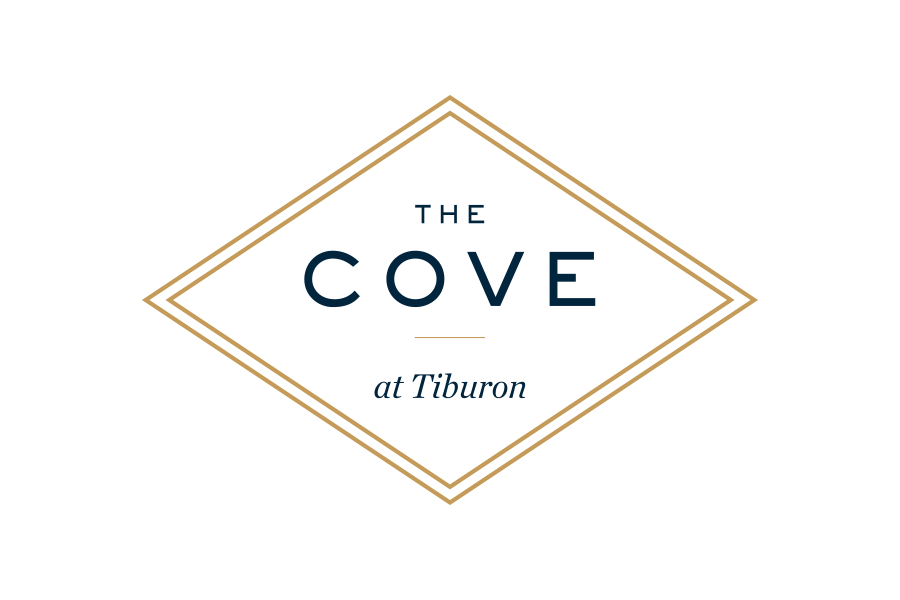TAKE A BREAK: HOW TO MEDITATE
Meditation can be an incredibly powerful tool in helping deal with stress because it gives the mind a break from outside thoughts and forces you to focus on yourself.
Put most simply, meditation is a way to train the mind. Most of the time, our minds are wandering — we’re thinking about the future, dwelling on the past, worrying, fantasizing, fretting, or daydreaming. Meditation brings us back to the present moment and gives us the tools we need to be less stressed, calmer, and kinder to ourselves and others.
The Basics
To begin, sit down in a comfortable place. This could be on the floor, on your bed, at your desk—wherever it's comfortable. It's been scientifically proven that there is no best way to sit while meditating, so you can sit in any position that works for you. If you don't know or are unsure about what a posture is or how to do it, look online or ask someone who has experience with meditation.
Now, focus on your breathing. Breathe deeply and slowly in an unrushed manner. You don't need to imagine yourself on a beach or any other happy place—just breathe at the pace that works for you.
The goal is not to get rid of all thoughts but to let them flow through you without getting involved. If a thought pops into your head, don't push it away or try to hold onto it—just observe it as if you didn't have the thought in the first place.
Like any other task, meditating can be hard at first. But, with practice, you'll gather enough skill and clarity of mind to make a worthwhile difference.
Some extras you can try are to meditate with your eyes closed if it helps, use a mantra to help drown out other thoughts, or focus on an object in front of you. All of these are optional but worth trying.
At the same time, meditation takes energy, so be sure not to push yourself too far. If at any point you feel exhausted or are in too much pain to continue meditating, stop immediately.
Take your time with this process—it may take several minutes before you really get into it.
Mindfulness Meditation Practices
Listening to basic guided meditations can also be helpful, especially when getting started. Instructions from an experienced teacher can help remind us to come back to the present moment, let go of distracting thoughts and not be so hard on ourselves.
These guided meditations from the New York Times will help you remain in the present moment. Choose the one that’s the right length for you: One minute is a great place to start but also good if you simply don’t have a lot of time. If you’re more experienced or ready for an extended mindfulness session, try the 10- or 15-minute sessions.
Body Scan
Instead of training your attention on the breath, the body scan involves systematically focusing on different sensations and areas, from the head to the toes. Try this 12-minute body scan meditation from the New York Times.
Remember, this is just one of the many ways to keep yourself sane and healthy throughout this trying time. It's not a cure-all solution, but meditation has strong enough benefits that everyone should consider taking up the practice if they can.
Share with your friends and loved ones to help them relax and concentrate on something other than the pandemic.
